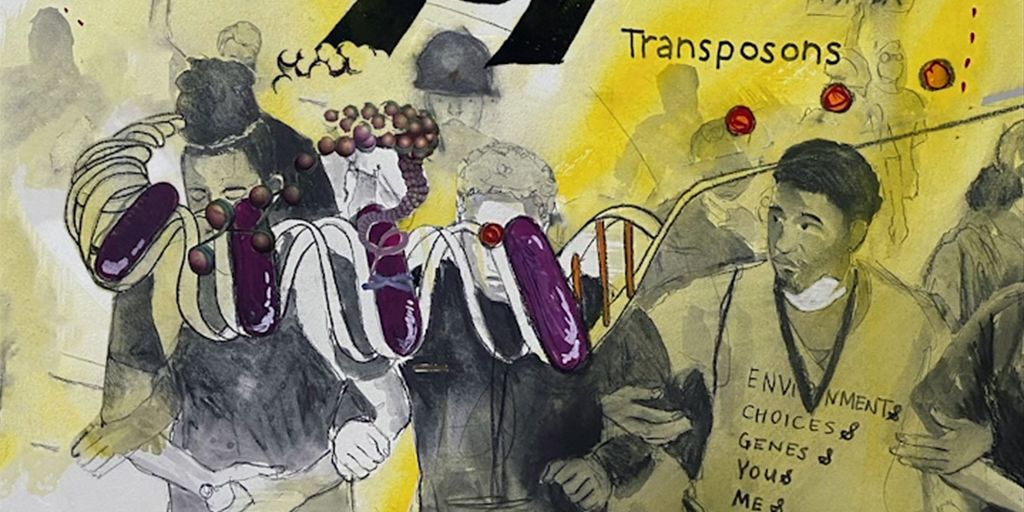
In the wake of nationwide protests over the killing of unarmed Black people, Emory senior Liz Greene found herself researching a historic tragedy with a strong contemporary resonance.
Before last year, Greene had never heard of the 1906 Atlanta race massacre — a bloody uprising sparked by inflammatory claims that sent nearly 5,000 white men rioting through downtown Atlanta, vandalizing Black-owned businesses and hanging, stabbing, bludgeoning and shooting Black residents. At the end of the three-day melee, 25 Black Atlantans were dead and hundreds of homes and businesses destroyed. None of the killers were convicted.
“It was very powerful and felt very relevant — a reminder that people have been fighting against these injustices for a long time and still have a long way to go,” she acknowledges.
But for Greene and others enrolled in Emory’s Georgia Civil Rights Cold Cases course last semester, the deadly uprising would become much more than a grim footnote in Atlanta history.
Working with award-winning journalist Hank Klibanoff, a professor of practice in Emory’s Creative Writing Program, and Emory alumnus Garrett Turner, a professional actor and playwright, 16 students found themselves imagining the untold human stories of the victims and participants.
The collaboration was part of Emory’s new Arts and Social Justice Fellows program, which brings together Emory students and faculty members with Atlanta artists to explore how creative thinking and expression can inspire change.
What happens when artists, professors and students come together to explore racial justice? Carlton Mackey and Kevin Karnes explain the Arts & Social Justice Fellows program.
In the cold cases course, students developed creative projects that gave voice to the past, writing dramatic monologues, dialogues and poems that were performed by professional actors via Zoom and recorded.
“The result was astonishing,” says Turner, who enjoyed the challenge of coaxing creativity from students who didn’t necessarily identify as artists. “We were asking them to write a scene from a play using particularly complex and heavy source material, and they took it on bravely.”
Beyond the student experience, “our hope is that those personal, intimate moments will help humanize the victims and present a much more complete view of the scope and the impact of those fateful days in Atlanta,” Klibanoff says.
In their dramatic vignettes, he saw students reacting “not just to the horrors of 1906, but also to the horrors of 2020,” including the deaths of George Floyd, Breonna Taylor, Rayshard Brooks and Ahmaud Arbery.
“I think they saw this as a chance to channel their response,” Klibanoff adds.
"social" - Google News
January 24, 2021 at 03:16PM
https://ift.tt/3odHUd9
Arts & Social Justice - Emory News Center
"social" - Google News
https://ift.tt/38fmaXp
https://ift.tt/2WhuDnP
Bagikan Berita Ini














0 Response to "Arts & Social Justice - Emory News Center"
Post a Comment